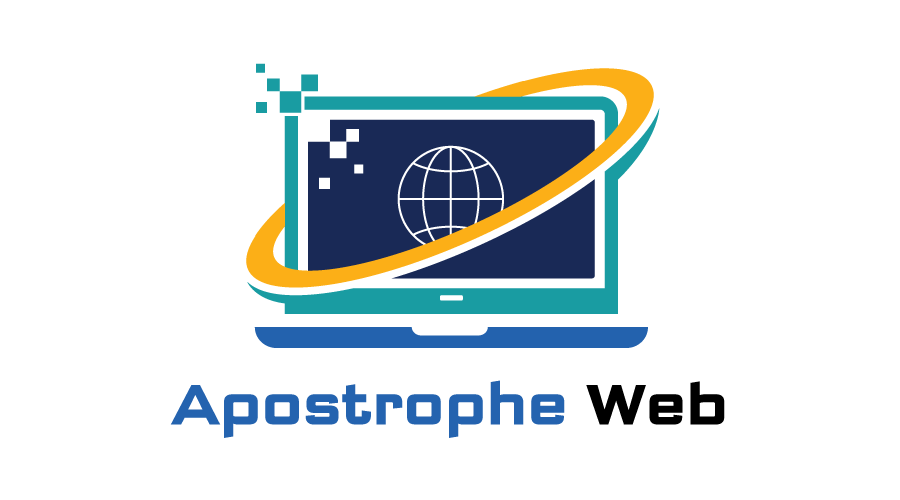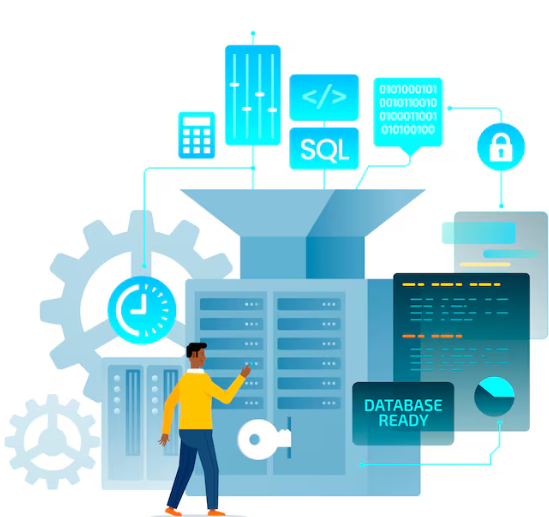The world of web development is changing fast. Today, websites and apps need to load quickly, run smoothly, and serve users from all over the world. To make this happen, developers are using new tools like Edge Functions and Serverless Architecture. These technologies are shaping the future of full stack development.
In places like Bangalore, many developers are already learning how to use these tools. They are joining full stack developer classes to learn how to build apps that are fast, smart, and easy to scale. But what are Edge Functions and Serverless Architecture? And why are they important for full stack developers?
Let’s find out in the simplest way.
What Is Full Stack Development?
Before we talk about new tools, let’s quickly understand what full stack development means.
A full stack developer builds both the front-end and the back-end of a website or app.
- Front-end is what users see and interact with, like buttons, text, and images.
- Back-end is what happens in the background like saving data, checking passwords, and running the server.
Full stack developers can do everything from designing the page to connecting it to a database.
What Is Serverless Architecture?
Serverless does not mean “no server.” It just means the developer does not need to manage the server.
In the past, developers had to rent a server, set it up, and maintain it. With serverless, cloud companies like AWS, Google Cloud, or Vercel manage the server for you. You just upload your code, and it runs when needed.
Here’s how it works:
- You write small pieces of code called functions
- These functions only run when someone uses them
- You don’t pay for idle time you only pay when the code runs
- The cloud takes care of scaling, security, and performance
This makes life easier for developers. They can focus on writing code, not fixing servers.
What Are Edge Functions?
Edge Functions are like serverless functions, but they run closer to the user.
Imagine your server is in Mumbai, and a user opens your site from London. The request has to travel far. This makes the site slow. But with Edge Functions, the code runs at a server closer to the user like in London.
Edge networks are set up around the world. They store your functions and run them at the “edge” (the closest point to the user).
This means:
- Faster page loads
- Better performance
- Smarter responses
- Lower delay (called latency)
Edge Functions are perfect for tasks like:
- Authentication (checking logins)
- Personalization (showing user-specific info)
- A/B testing
- Redirects
- Geo-based content
Why Full Stack Developers Should Care
Edge Functions and Serverless are becoming a big part of web development. Here’s why full stack developers should learn them:
1. Fast and Global
Apps are no longer used in just one city. People from around the world visit websites. Edge Functions help you serve everyone quickly, no matter where they are.
2. Easy to Scale
If your app suddenly gets thousands of users, serverless handles it. You don’t need to buy more servers. The cloud automatically grows with your traffic.
3. Cost-Effective
With serverless, you only pay for what you use. This is great for startups and developers working on small budgets.
4. No Server Maintenance
You don’t have to worry about server updates, crashes, or security patches. The cloud provider handles all that.
5. Modern Workflows
New platforms like Vercel, Netlify, and Cloudflare Workers make it super easy to deploy serverless and edge functions. They offer great developer tools, and even beginners can use them.
Real-World Use Cases
Let’s see how Edge and Serverless are used in real apps.
1. E-commerce Websites
Edge Functions can show local prices and languages. Serverless handles payments, orders, and emails. This creates a smooth shopping experience.
2. Social Media Apps
Serverless functions store posts, handle notifications, and manage messages. Edge Functions help load content faster based on user location.
3. News and Blogs
Articles can be delivered quickly using edge networks. Serverless is used to handle comments, likes, and user logins.
4. Learning Platforms
Edge Functions can show different content based on location or device. Serverless can manage quiz results, video tracking, and user progress.
Tools That Help
Many tools and platforms now support Edge and Serverless:
- Vercel – Great for deploying Next.js apps with serverless and edge support
- Netlify – Easy to use, with functions and global CDN
- Cloudflare Workers – Lightweight and powerful edge computing
- AWS Lambda – One of the first and most popular serverless platforms
- Supabase – Backend as a service with serverless features
- Firebase Functions – Google’s way to write serverless code
These tools are being used in real jobs. Learning how to use them gives developers an edge in the job market.
How to Start
If you are a beginner, don’t worry. Getting started is simple. Here’s what you can do:
1. Learn the Basics
Understand how APIs work. Learn JavaScript and how the front-end talks to the back-end.
2. Write Your First Serverless Function
Try a simple function like:
- Hello World
- Get current time
- Save a contact form message
Use a free platform like Netlify or Vercel to deploy it.
3. Try Edge Functions
Build a small function that shows different messages based on location. Deploy it and test from different regions.
4. Build a Full Project
Combine front-end (React or Next.js) with serverless functions and edge features. Try building:
- A to-do app
- A blog with comments
- A product list with filters
This helps you understand how everything connects.
Why Learn This in Full Stack Courses
Modern developer classes are starting to include serverless and edge computing. This is because the industry needs developers who can:
- Build full apps quickly
- Write secure, scalable functions
- Use cloud tools
- Deploy projects without managing servers
If you’re planning to become a full stack developer, this knowledge is very important.
Common Mistakes to Avoid
When working with serverless and edge, watch out for:
1. Cold Starts
Sometimes serverless functions take a second to wake up if they haven’t been used. This is called a cold start. Try to reduce delays with regular traffic or pre-warming.
2. Limited Runtime
Some platforms have time or memory limits. Keep your functions short and simple.
3. Logging and Debugging
Debugging serverless apps can be tricky. Learn how to use logs to find errors.
4. Overusing Edge
Not everything needs to run at the edge. Use edge logic for user-specific tasks, not for all functions.
The Future is Already Here
Big companies are already using Edge and Serverless in their systems. Netflix, Amazon, TikTok, and many others are moving to these modern systems. They are quicker, cheaper, and easier to build.
In the next few years, most new apps will be built using these methods. Developers who learn this early will have more job options and higher salaries.
Conclusion
Edge Functions and Serverless Architecture are changing the way we build web apps. They make apps faster, more reliable, and easier to manage. Full stack developers who learn how to use these tools will be ready for the future.
If you’re just starting out, now is the ideal time to learn. A good full stack developer course in hyderabad will teach you how to use serverless, edge, APIs, and modern tools to build powerful apps from start to finish.
The future of full stack development is here and it’s running on the edge.
Contact Us:
Name: ExcelR – Full Stack Developer Course in Hyderabad
Address: Unispace Building, 4th-floor Plot No.47 48,49, 2, Street Number 1, Patrika Nagar, Madhapur, Hyderabad, Telangana 500081
Phone: 087924 83183










